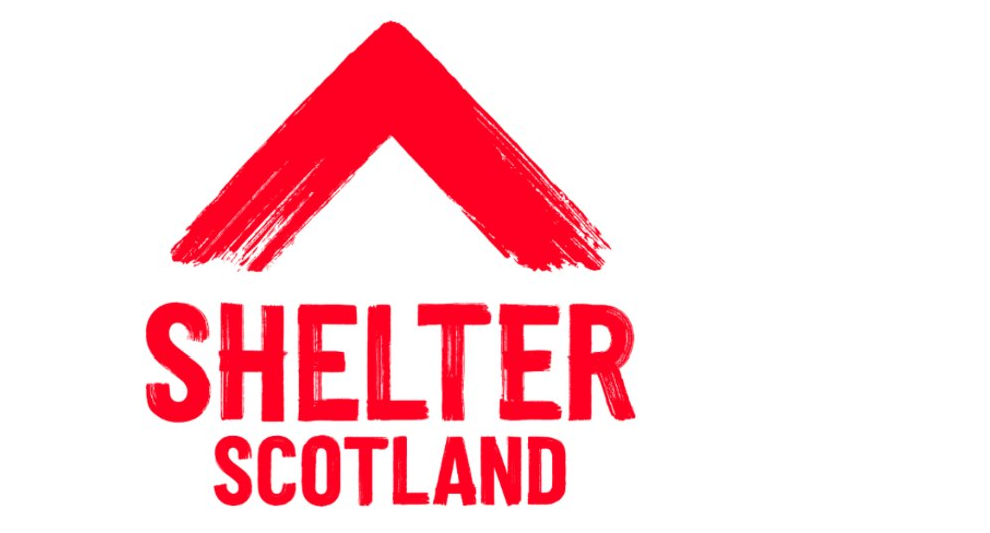Your rights if you have a common law tenancy
A common law tenancy is based on the agreement you make with your landlord. It is not protected by any tenancy law, but you still have rights even if you do not have a written contract.
Check if you have a common law tenancy
You'll usually have a common law tenancy if you:
rent your home from the military, police or fire service
rent your home from the Crown, and moved in before 1 December 2017
When you will not have a common law tenancy
You're unlikely to have a common law tenancy if you rent your home from:
the council
a housing association
a private landlord who does not live with you
a letting agency
If you're not sure, check what type of tenancy you have.
Your tenancy agreement
Your tenancy agreement is a contract that says what your rights and responsibilities are, such as:
how much rent you pay
how long your tenancy is for
how much notice to give if you want to move out
if someone can move in with you
if you can give your tenancy to someone else
any other rules about guests, pets or smoking
Ask your landlord for a tenancy agreement in writing. Your tenancy agreement can be verbal. You still have some rights even if you do not have a written agreement.
If you live with your landlord, this is sometimes called a lodger agreement.
Download a sample lodger agreement. (pdf, 134 kb)
How long your tenancy is for
Your tenancy agreement should say if you have a fixed term. At the end of the fixed term, if neither you or your landlord end your tenancy, your agreement renews automatically. This is called tacit relocation.
Your tenancy agreement might say how long it will be renewed for. For example, it might be for an initial fixed term of 6 months and then renewed monthly after that.
If not, your agreement is renewed for the same amount of time as the initial fixed term. For example, if your fixed term was 6 months, the agreement is renewed for another 6 months.
Your right to privacy
You have the right to live in the property. Other people do not have the right to enter without your permission.
If you live with your landlord, your agreement will say which rooms or areas only you can use. Your landlord should not enter them without your permission. This is called exclusive possession.
Your landlord’s responsibilities
Doing repairs
Your landlord is responsible for most repairs in your home.
Taking a deposit
Your landlord can only charge up to 2 months' rent as a deposit.
In some circumstances, they must protect your deposit in a deposit protection scheme. This does not apply if you live with your landlord.
Giving notice of a rent increase
Your landlord must follow any rent increase rules written in your contract.
If you disagree with an increase, try to negotiate with your landlord. Explain why you think the increase is too high, and suggest an amount that you think would be reasonable.
If you come to an agreement with your landlord, make sure to get it in writing.
If you're unhappy with your landlord
Check our advice on making a complaint to your landlord.
If you want to move out
You must give your landlord at least 28 days' notice. If your fixed term was for 1 year, you must give 40 days' notice. Your notice should end on the last day of your fixed term.
If you want to end your tenancy before your fixed term ends, you'll need to reach an agreement with your landlord.
Check our advice on ending your tenancy.
Use our letter template to end your tenancy correctly.
Passing your tenancy to someone else
This is sometimes called assignation.
If the property is rented furnished, you'll have to ask your landlord’s permission to pass on your tenancy on to someone else.
If the property is unfurnished, you have the automatic right to do this.
If your landlord asks you to leave
Your tenancy agreement may contain a term about ending your tenancy. Your landlord can follow this process to evict you.
If there's nothing in your tenancy agreement, you can only be evicted:
at the end of your fixed term
if you break a term of your tenancy
You should get a notice in writing. It should say when your tenancy will end and give you at least:
40 days’ notice, if you have a fixed term of 4 months or more
28 days’ notice, if you have a fixed term of less than 4 months, or if you break a term of your agreement
Check our advice on:
Your responsibilities
You should:
live in the property as your only or main home
pay your rent on time
take care of the property and keep it clean
tell your landlord about repairs
end your tenancy correctly if you want to move out
You should always ask your landlord permission to:
sublet your home
have someone move in with you
run a business from your home
decorate
Last updated: 10 September 2025
Housing laws differ between Scotland and England.
This content applies to Scotland only.
